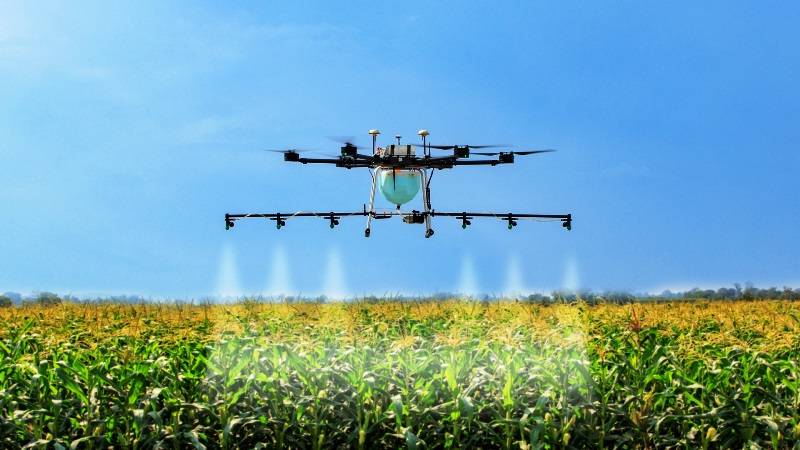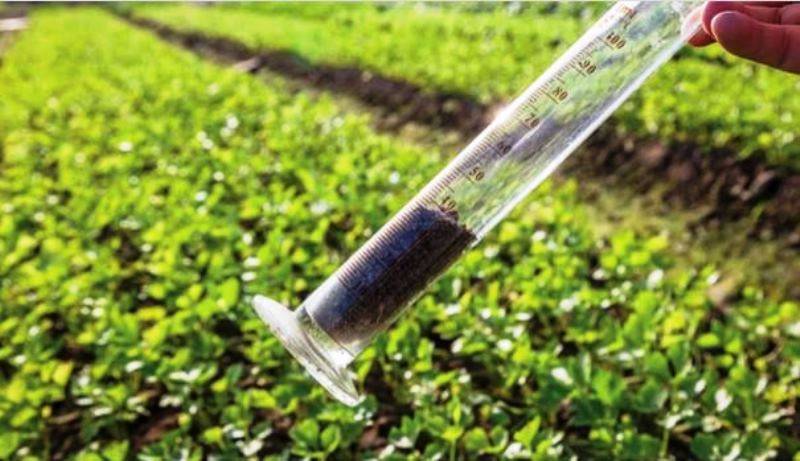
A third of the earth’s area is already unfit for growing crops. Earth-friendly agriculture which refers to the proper use of land, water, labour, diversity, and technology to decrease the environmental impact is prominent in these times. In the last 50 years, the practice of aggressive agricultural intensified due to growing population and food demand across the world. This aggressive practice resulted in the reduction of biodiversity of natural ecosystems and contaminating the environment with its by-products causing agricultural pollution.
Good news is breakthroughs in modern digital technology have a clear potential to help agricultural system, these innovations in technology can help in making agriculture system efficient in using the available resources, climate-resilient and increase productivity. Below are a few agricultural technologies that can help in making agriculture more earth-friendly.
Traceability
This digital technology helps in enabling the complete visibility of the supply chain involved in farming and also the touchpoints, transformations in a valve chain to the farm. Now the customers are getting more cautious about their health and the food they eat so it is important to gain their confidence and trust. Minimal use of chemical fertilizers and pesticides which affect the environment and also help to avoid deforestation.
Precision Agriculture
Precision farming, satellite farming is a type of specific crop site management based on observing, measuring, and responding to inter and intra-field variability in crops. Recent technological developments like ICT and geoinformatics created this concept. This technology advises farmers on the amount of water to be used, quantity of pesticides and fertilizers in given farmland. This technology helps in reducing the overuse of fertilizers, water, and other resources. Drones can be used to develop precise soil maps for soil analysts during the star of the crop cycle. Once the crops start growing sensors will calculate the required details.

Artificial Intelligence
When Agriculture starts using the data collection of the soil quality, satellite imagery, weather, and sensor for AI. This data later processed using AI algorithms and action plans are recommended by the technology to improve productivity and reduce risks. Early detection of crop diseases and crop distress will help in the reduction of losses in farming. This technology alose helps in the reduction of water use, efficient use of pesticides, and chemicals cal reduce damage caused to the environment.
Reviving Degraded Land
It is quite possible to revive the environmentally degraded land and restore it into its natural form to grow crops in it. The process of developing a land maintaining system and efforts beyond just plantation in these lands is required. In this case, a remote sensing-based monitoring system is used to assess the land status and vegetation covering it. This process will help in curing the lands once degraded into no use.
Water Resource Management
The production of agricultural products uses 70 percent of the freshwater from the river and groundwater. Digital technology can help to reduce such a great dependency on water. It can help in enabling holistic and informed management of all the available water resources in a given area providing complete view water available in an area. When the available supply and the demand for water are rationalized clear use and proper budgeting of water can be developed according to small or large cultivation of crops.
Industrial animal agriculture directly contributes to growing rising sea temperature and ocean acidification. Industrial agriculture is responsible for massive deforestation in continents across the world. Earth-friendly agriculture is now most important than ever it was.















